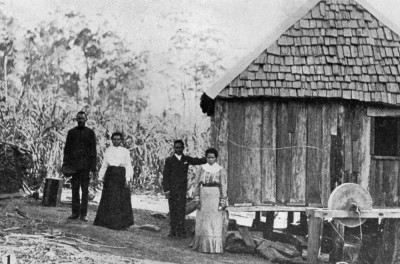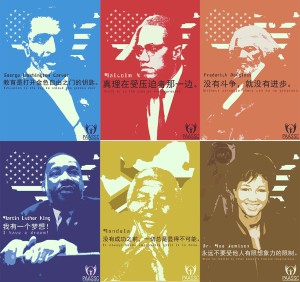Film: Black Jamaican Reconnects Her Chinese Roots
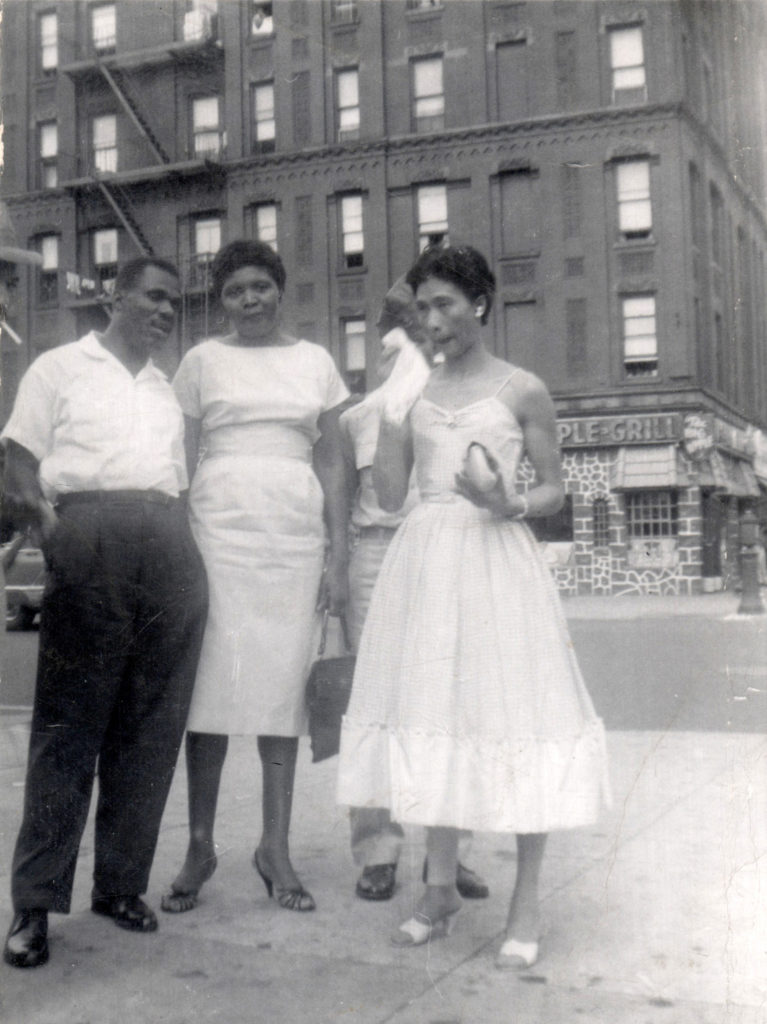
Madison’s mother, Nell Vera Lowe Williams (right) on 145th Street in Harlem with some of her in-laws. Source: Finding Samuel Lowe website (press photos)
This is not a new story. Truth be told, it is a very old story that begins in the late 1905. That’s when a Chinese laborer named Samuel Lowe arrived in the Caribbean island nation of Jamaica. He met a black Jamaican woman and they had a daughter, Nell Vera.
Fast forward a century. Their granddaughter, Paula Williams Madison embarked on a search for Samuel, who had been separated from their family since her mother was three years old.
“My mother always looked sad because she was away from her family,” Madison told CNN in a 2016 interview. “I’ve known for my whole life that my grandfather is Chinese. I thought helping my mother find her family would make her happy.”
Madison is a former Hollywood studio executive; she retired from NBCUniversal in 2011 to research her family history full time. She used her creative background to produce Finding Samuel Lowe, a 2014 documentary film about her search, which culminated in a journey to China where she and 20 of her Black Chinese relatives met over 300 of their Chinese relatives for the first time.
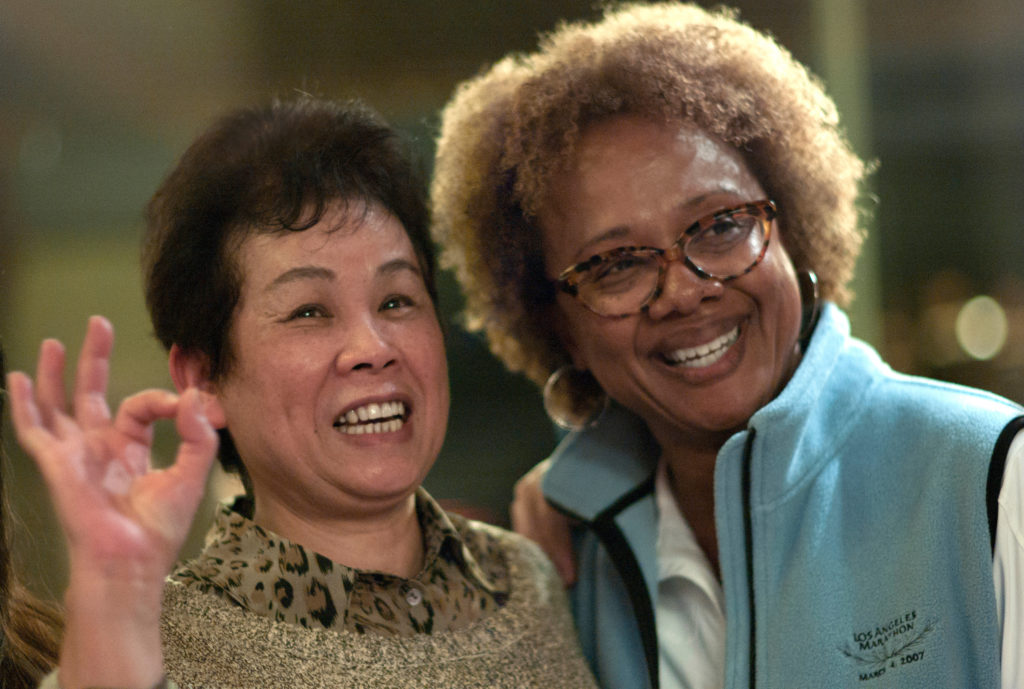
Paula Madison with her Chinese cousin Kim Yuet Lau. source: Finding Samuel Lowe website (press photos)
Finding Samuel Lowe shines a light on a connection between African and Chinese history that is not widely known outside of Jamaica. Samuel Lowe, Madison’s grandfather, was among the 5,000 Chinese indentured workers who came to Jamaica to work the fields after African slavery was outlawed. (Indentured workers also showed up in Cuba, which has the largest population of Chinese in the Caribbean – nearly four times the number in Jamaica.)
Chinese women were not allowed entry at first, so many of the men formed relationships and families with black Jamaican women. Eventually, Chinese women were allowed to enter the country, and the Lowe family sent a Chinese woman for Lowe to marry instead of Nell Vera’s mom. Samuel Lowe finished his contract at the sugar plantation and stayed in Jamaica to run a successful business until 1933, when he returned to China with part of his family.
Nearly all of Jamaica’s indentured Chinese workers came from the Hakka people of northern China. When Madison attended a Hakka festival in Canada, she met a Chinese researcher with her same last name.
“I said, ‘Oh my god, you’re the only Chinese Jamaican I’ve met with the same last name as my grandfather’,” Madison told CNN.
This connection led her to one of her uncles. The rest is not only history, but it is the basis for her book and film.
The film can be rented on YouTube for $3.99 or downloaded on iTunes for $12.99. The video section of FindingSamuelLowe.com has over a dozen free clips, including many interviews with Madison and a Chinese-language news segment.
This hour-long special about Madison’s family is not listed on the site, but it’s also worth watching. So is this 35-minute sequel on the website for The Africa Channel, a network for which Madison and her brothers own majority shares.


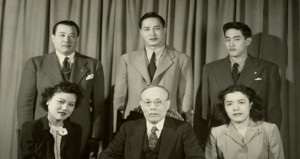

 GRACE LEE BOGGS:
GRACE LEE BOGGS: 